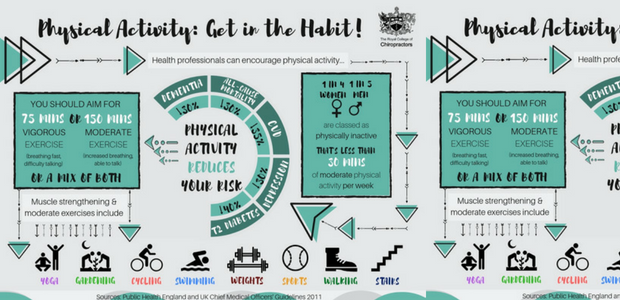Regular Activities That Contribute To Back Pain And Ways To Stop Them
Regular Activities That Contribute To Back Pain And Ways To Stop Them
Blog Article
Post By-Cates Secher
Maintaining correct posture and avoiding typical challenges in day-to-day activities can dramatically influence your back health. From just how you sit at your desk to how you lift heavy objects, little adjustments can make a big difference. Think of a day without the nagging back pain that impedes your every step; the solution could be simpler than you think. By making a few tweaks to your day-to-day behaviors, you could be on your way to a pain-free existence.
Poor Pose and Sedentary Way Of Life
Poor position and an inactive lifestyle are 2 significant contributors to neck and back pain. When you slouch or suspicion over while sitting or standing, you put unnecessary pressure on your back muscular tissues and spine. This can lead to muscle imbalances, tension, and at some point, chronic neck and back pain. Additionally, sitting for extended periods without breaks or exercise can damage your back muscular tissues and result in rigidity and discomfort.
To battle inadequate pose, make a mindful initiative to rest and stand straight with your shoulders back and aligned with your ears. Keep in mind to maintain your feet flat on the ground and prevent crossing your legs for extended periods.
Integrating regular stretching and strengthening exercises into your everyday routine can additionally assist improve your pose and relieve neck and back pain related to a less active way of living.
Incorrect Training Techniques
Incorrect lifting methods can considerably contribute to pain in the back and injuries. When you raise heavy objects, remember to bend your knees and use your legs to lift, as opposed to relying upon your back muscles. Stay clear of turning your body while training and maintain the object near to your body to reduce strain on your back. It's critical to preserve a straight back and avoid rounding your shoulders while raising to avoid unnecessary pressure on your spinal column.
Always evaluate read this of the item prior to raising it. If it's too hefty, ask for aid or use equipment like a dolly or cart to transport it safely.
Bear in mind to take breaks during lifting jobs to provide your back muscular tissues a possibility to rest and protect against overexertion. By implementing proper lifting strategies, you can avoid back pain and reduce the risk of injuries, ensuring your back stays healthy and balanced and strong for the long term.
Lack of Routine Exercise and Stretching
A sedentary way of life devoid of regular workout and extending can significantly contribute to pain in the back and pain. When you do not participate in exercise, your muscular tissues become weak and stringent, leading to poor stance and raised pressure on your back. visit site strengthen the muscular tissues that support your spine, boosting stability and reducing the threat of pain in the back. Including stretching chiropractic care for infants into your regimen can also enhance versatility, preventing rigidity and discomfort in your back muscular tissues.
To stay clear of neck and back pain caused by an absence of exercise and extending, go for at the very least thirty minutes of modest exercise most days of the week. Include exercises that target your core muscles, as a strong core can assist ease pressure on your back.
In addition, take breaks to stretch and relocate throughout the day, particularly if you have a desk task. Easy stretches like touching your toes or doing shoulder rolls can help soothe tension and avoid pain in the back. Prioritizing routine exercise and stretching can go a long way in keeping a healthy back and decreasing discomfort.
Conclusion
So, bear in mind to sit up straight, lift with your legs, and stay energetic to avoid pain in the back. By making straightforward adjustments to your daily practices, you can avoid the discomfort and limitations that feature neck and back pain. Care for your spine and muscle mass by exercising great posture, correct lifting techniques, and routine exercise. Your back will certainly thanks for it!
